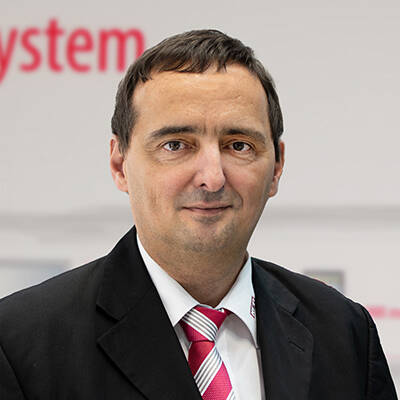Making the servo pump efficient
KEB Drive Controller with integrated PQ servo pump control
Performance, pump protection and high-precision control without compromise - all this is offered by the servo pump control function integrated in the KEB Automation drive controllers. And: In interaction with the KEB servo motors of the DL4 and TA series, they also save energy.
By controlling the pump drive, pressure and flow can be optimally adapted to the requirements of servo-hydraulic machines at any time. This is the case, for example, in injection moulding machines where cycle times are the key. Here the COMBIVERT F6 Drive Controller and S6 Servo Drives from KEB come in, and with the precise and high-performance solution for pump control they ensure the constancy and also the shortening to increase the productivity of injection moulding machines.
Another goal of the control: The hydraulic valves are to be protected and the service life of the pump is to be extended. For this purpose, there are various parameters in the firmware of the inverters with which the lifetime and availability of the injection moulding machines can be secured and also significantly increased.
Designed for high requirements
Various features that have been specifically integrated into KEB's inverter firmware have proven useful in practice. "Among other things, we have considered "anti-cogging" in our solution," says Michael Schulz, application engineer at KEB. "This enables KEB's inverters to equalise disturbing cogging torques, which are system-immanent in PM motors. The result: A significantly improved concentricity on the motor axis. In combination with the notch filter from the Wizard, which serves to avoid resonances in the hydraulic circuit, the result is highly precise and very good control of flow and pressure." Furthermore, he says, there is the feature that the PQ control can also be switched on and off by setting a bit. Thus, the user has a regular KEB drive in place. This can lead to cost savings.
Basically, the use of servo pumps is always a good idea when hydraulic systems are confronted with highly dynamic or highly constant control requirements. These include various areas of plastics processing, hydraulic and bending presses, but also applications in the field of lift technology. Here, according to Schulz, the stability of the KEB system and the performance of the software solution are particularly evident in the control of pressure and flow.

